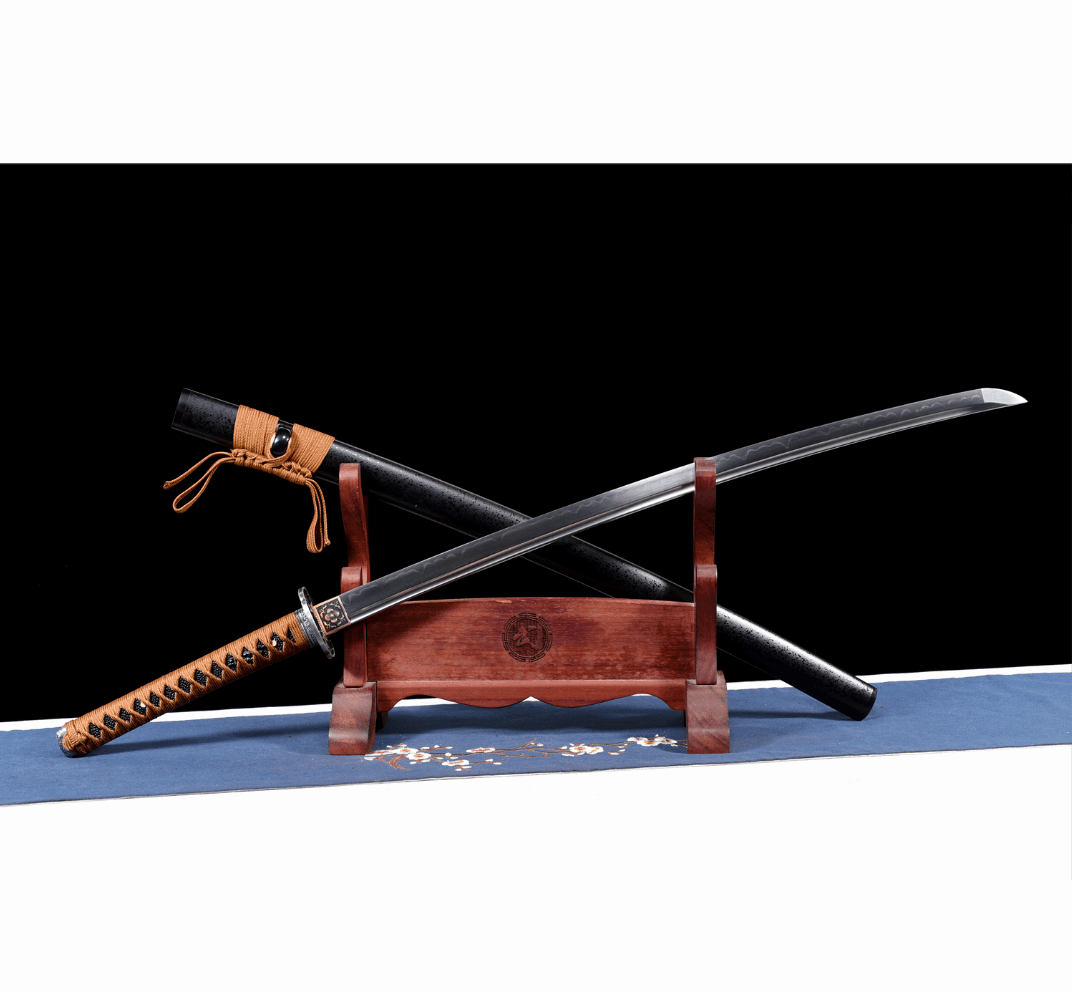
Katana Chance: Where Reality Meets Manga and Anime
That drizzly Saturday discovery—the antique katana hidden in a wooden box—unfolded into something richer than I’d imagined. What started as a chance encounter with a piece of history soon tangled with another passion of mine: the world of manga katana and anime swords. Those fictional blades, with their glowing auras and mythic backstories, suddenly felt closer to home, as if my dusty old katana was winking at the stories I’d grown up reading and watching.
Let me explain. When I first held the real katana, its weight was a revelation—solid, purposeful, nothing like the weightless flash of an anime sword slicing through enemies in a blur of motion. But run my thumb along the edge of its saya, and I’d catch myself thinking of Bleach’s Zangetsu, how Ichigo’s blade feels like an extension of his soul. Polish the blade’s surface, and the rippling hamon pattern (that wavy line where the steel was differentially hardened) would make me think of Demon Slayer’s Nichirin Swords, each one shifting color to match its wielder’s spirit. Coincidence? Maybe. But in that overlap, something magical clicked.
Manga and anime have a way of mythologizing the katana, turning it into more than metal and craftsmanship. In Rurouni Kenshin, Kenshin’s reverse-blade sword isn’t just a weapon—it’s a vow, a rejection of killing that defines his identity. In Sailor Moon, even the more fantastical swords (looking at you, Tuxedo Mask’s cane-sword) carry symbolic weight, tying to themes of protection and hope. These blades are characters in their own right, with personalities as sharp as their edges.
My real katana, of course, has no magical properties. It won’t shoot fire or talk or transform into a giant mech. But here’s the thing: the more I learned about its forging—those hundreds of folds of steel, the smith’s intuition guiding each hammer strike—the more it mirrored the soul of anime swords. In both worlds, a katana is born from intention. A manga swordsmith might infuse their blade with a demon’s power; a real one pours decades of skill into every inch. Both are acts of creation that transcend mere functionality.
One night, I pulled out my old Vagabond manga volumes, flipping to the scenes where Musashi trains with his wooden sword, the weight of it teaching him discipline. I set the book down, picked up my katana (carefully, of course), and felt that same lesson in my palms. The manga’s drama amplifies it, but the core truth remains: a katana demands respect. It’s not about flashy moves—it’s about presence, focus, the quiet understanding that power and responsibility go hand in hand.
That’s the magic of the “katana chance” I stumbled into. It’s not just about owning a piece of history. It’s about how a real, unassuming blade can bridge the gap between the tangible and the imagined. When I look at it now, I see both: the Edo-period craftsman who forged it, and the manga artists who’ve spent decades reimagining its spirit. I see the farmer who might’ve carried it to protect his village, and the anime protagonist swinging a sword to save the world.
Maybe that’s why katana endure—whether in antique shops, manga panels, or anime frames. They’re vessels for stories: ours, the ones we inherit, and the ones we dream up. And sometimes, if we’re lucky, a chance encounter lets us hold all those stories at once.
